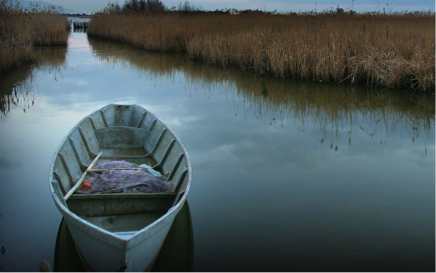Rationale and Objectives


Experimental design and results
Data were collected at site level for several taxonomic group in different ecodomains (freshwater, lagoons, terrestrial and marine environments).
When necessary, data were enriched with abiotic variables (i.e. local average temperature, average precipitation amount, chlorophyll, etc.) to perform further analyses.
In order to evaluate which variables best predict the occurrence of Alien Species in a site, the dataset, aggregated by taxonomic group (the level of aggregation was not the same for the different analyses), was analysed using a GLMM (Generalized Linear Mixed Model). Mixed models are powerful and flexible and well suited for the data collected in the case study (for details of statistical analysis see the paper published).
Currently, the workflow expects as input a dataset already available in the LifeWatch Dataportal. The workflow will do some operations on the input dataset in order to perform the statistical analyses described above. As output the workflow will return tables and graphs associated to the GLMM output.

Showcase Team
Freshwaters Database manager
Angela Boggero
Marine Database manager
Cataldo Pierri
Transitional Waters Database manager
& Metadata manager
Ilaria Rosati
IT specialist
Nicola Fiore
Experimental design and statistical analysis
Paolo Colangelo
Architecture and development of Alien Species VRE components
Paolo Tagliolato
Paolo Colangelo
Alessandro Oggioni
Data providers
List